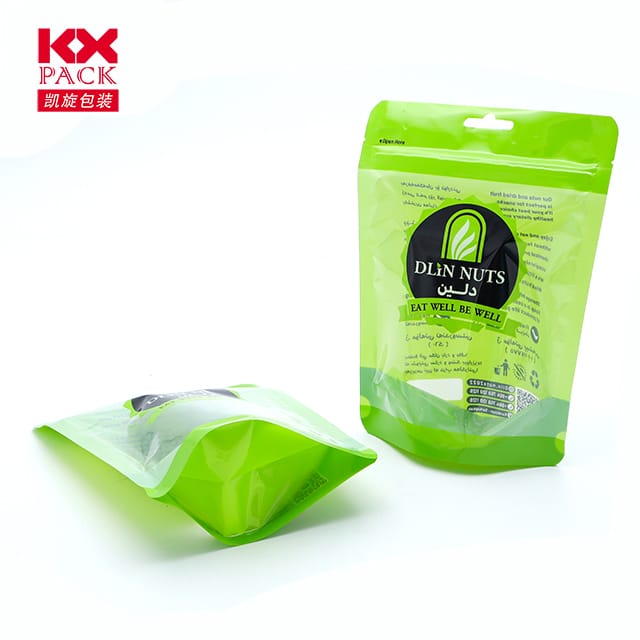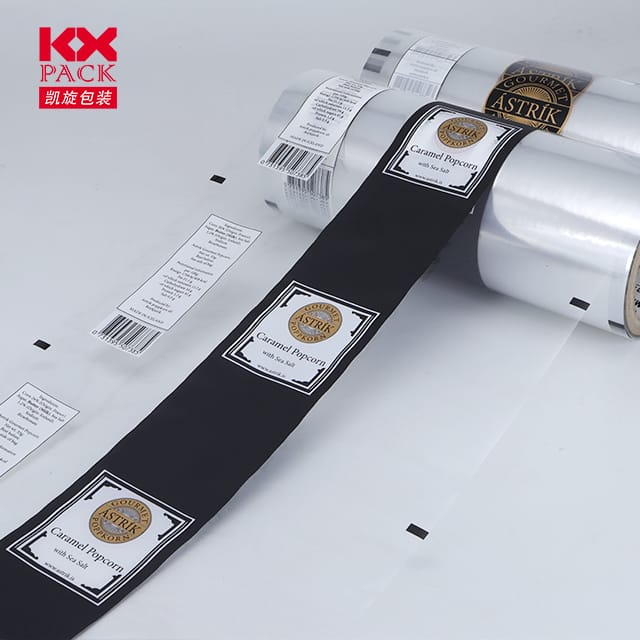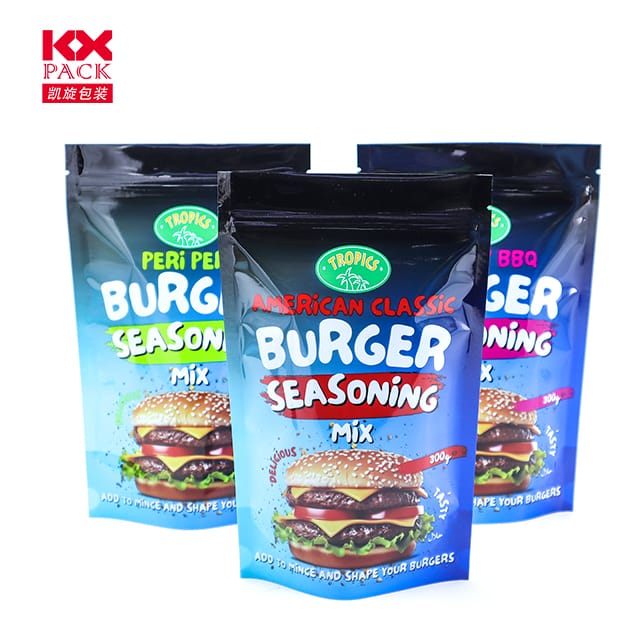A chip csomagolt film fejlődése: A védelemtől a teljesítményjavításig
Chips csomagolt film
A félvezető technológia és a snack élelmiszer-innováció gyors tempójú világában, Chip csomagolt film kritikus elemként alakult ki, amely áthidalja a funkcionalitást, védelem, és a fogyasztói élmény. Akár finom mikrochipek védelme, akár a burgonya chips ropogósságának megőrzése, Ez a speciális filmtechnika fejlődik, hogy megfeleljen a modern iparágak igényeinek. Fedezzük fel, hogy a chipcsomagolt film hogyan alakítja át a csomagolást két rendkívül eltérő, mégis összekapcsolt ágazatban.
1. Félvezető ipar: A csúcstechnikai pajzs
Az elektronikában, Chip csomagolt film A félvezető eszközök bevonására használt fejlett anyagokra és technikákra utal, Biztosítva teljesítményüket, tartósság, és a termálkezelés. Ahogy a chipek kisebbek lesznek, gyorsabban, És bonyolultabb, A csomagolási filmeknek alkalmazkodniuk kell ezen innovációk támogatásához.
Legfontosabb trendek:
- 3D & 2.5D rakás: A modern filmek lehetővé teszik a többrétegű chip egymásra rakását, A lábnyom csökkentése, miközben javítja a jel integritását. Például, Csomagban lévő rendszer (Korty) A megoldások integrálják a logikát, emlékezet, és RF komponensek egyetlen kompakt egységbe, A nagy pontosságú filmekre támaszkodva az elektromos szigetelés és a hőeloszlás érdekében.
- Fan-out ostya szintű csomagolás (Szárnyas szárnyas): Ez a technika egy nagyobb területen elosztja az összeköttetéseket, A termikus teljesítmény fokozása. A filmek itt védőrétegként működnek, Árnyékoló chips a fizikai stressztől és a környezeti tényezőktől, például a nedvességtől.
- Fenntarthatóság: A vezető gyártók környezetbarát filmeket fogadnak el, például biológiailag lebontható polimerek vagy újrahasznosított anyagok, A szénlábnyomok csökkentése érdekében. Például, Néhány vállalat feltárja szén-semleges csomagolási folyamatok Összehangolva a globális fenntarthatósági célokkal.
Piaci hatás:
A félvezető csomagolási piac várhatóan növekedni fog30.76kettősllénon2023to45 milliárddal 2035, az AI vezetése, 5G, és elektromos járművek. Innovációk a filmtechnikában, mintflip-chip kötés ésfejlett alulteljes anyagok, kulcsfontosságú hozzájárulók ennek a bővítésnek.
2. Snack élelmiszeripar: A frissesség megfelel a funkcionalitásnak
Burgonya chipshez, diófélék, és más harapnivalók, Chip csomagolt film egy többrétegű akadály, amely az íz megőrzésére szolgál, struktúra, és az eltarthatóság. Ennek a filmnek egyensúlyba kell hoznia a rugalmasságot, erő, és az oxigén elleni gát tulajdonságai, nedvesség, és fény.
Kulcsfontosságú jellemzők:
- Magas barrier laminál: A modern snack -filmek olyan anyagokat egyesítenek, mint HÁZI KEDVENC (poliészter), alumínium fólia, és PE (polietilén) átjárhatatlan rétegek létrehozásához. Például, Egy tipikus forgácszsákot használhat:
- Külső nyomtatási réteg (HÁZI KEDVENC): Az élénk márkajelzéshez.
- Fémezett vagy fólia réteg: Blokkolja az oxigént és a fényt.
- Belső tömítőanyagréteg (ON/CPP): Biztosítja a légmentesen lezárt bezárást.
- Kényelem fejlesztései: Könnyű nyitott fülek, ledélhető cipzárak, és az stand-up tasakok most már szabványosak, A felhasználói élmény javítása és az élelmiszer -pazarlás csökkentése.
- A fenntarthatóság eltolódása: A márkák áttérnek komposztálható filmek (PÉLDÁUL., PLA, PBS) vagy újrahasznosított tartalom, hogy vonzza az öko-tudatos fogyasztókat. Egyes vállalatok számolnak be a 30% A műanyag felhasználás csökkentése A filmvastagság optimalizálásával anélkül, hogy veszélyeztetné a teljesítményt.
Piaci dinamika:
A globális snack csomagolási piac virágzik, olyan innovációkkal, mintnagysebességű automatizált csomagológépek ésFoggömbök elleni filmek (A kondenzáció elkerülése érdekében a táskák belsejében) vezetési hatékonyság. A fogyasztók most arra számítanak, hogy a csomagolás nemcsak funkcionális, hanem vizuálisan vonzó is - ezt a tendenciát a közösségi média és a dobozos kultúra táplálja..
Az iparág közötti párhuzamok: Innováció a lényeg
Annak ellenére, hogy a különböző piacokat kiszolgálják, Mind a félvezető, mind a snack -iparnak közös célja van: Az anyagtudomány határainak tolja a kiváló teljesítményt. Például:
- Miniatürizálás: A félvezető filmek lehetővé teszik a kisebbet, erősebb chips, míg a snack-filmek lehetővé teszik az adagvezérelt, on-the-the-go csomagolás.
- Hőgazdálkodás: Az elektronikában, A filmek eloszlatják a hőt; harapnivalókban, A páratartalom blokkolásával megakadályozzák a botrányt.
- Testreszabás: Mindkét ágazat testreszabott megoldásokat igényel-akár egy film, akár egy magas frekvenciájú 5G chip vagy egy gluténmentes snack tasakhoz..
A chip csomagolt film jövője
Előre nézve, Várhatjuk:
- Intelligens filmek: A beágyazott érzékelők félvezető csomagolásban valós időben figyelhetik a chip egészségét, Míg a snack -filmek használhatók idő-hőmérséklet mutatók A frissesség biztosítása érdekében.
- Hibrid anyagok: Az organikus és szervetlen rétegek kombinálása olyan filmek készítéséhez, amelyek vezetőképesek és biológiailag lebonthatók.
- Kör alakú gazdaság integrációja: Több márka elfogadható vagy újrahasznosítható filmeket fogad el, Összehangolás a globális nulla hulladékcélokhoz.
Következtetés
Chip csomagolt film sokkal több, mint egy védőréteg - ez az innováció katalizátora. Az elektronikában, Ez lehetővé teszi az AI és IoT eszközök következő generációját; harapnivalókban, újradefiniálja a kényelmet és a fenntarthatóságot. Ahogy az iparágak tovább fejlődnek, Tehát a filmek is támogatják őket, Bizonyítva, hogy még a legkisebb alkatrészek is mozgathatják a hatalmas változást.
Akár chipsre morog, akár okostelefonon görgessen, Szánjon egy pillanatra, hogy értékelje a nem énekelt hősöt: a csomagolófilm, amely mindent lehetővé teszi. 🌍✨






